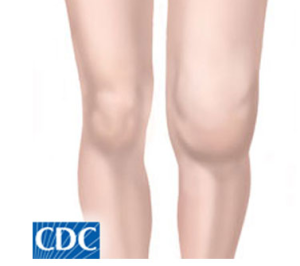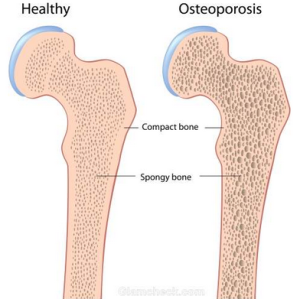In a new study in patients with osteoarthritis (OA) of the knee, at 12 months, total femorotibial cartilage thickness loss was reduced in sprifermin (recombinant human fibroblast growth factor 18)-treated knees compared to placebo-treated knees, with effects being significant in the lateral femorotibial compartment but not in the central femorotibial compartment.
Results published in Arthritis & Rheumatology, a journal of the American College of Rheumatology (ACR), showed that sprifermin dosed at 100µg reduced loss of cartilage thickness and volume in the total femorotibial joint and in the lateral knee compartment (outside of the knee).
The 2010 Global Burden of Disease Study estimates that OA affects 150 million people around the world, with the ACR reporting 27 million Americans over 25 years of age diagnosed with the disease. While OA is the most common cause of physical disability in older adults, studies suggest that the average age at diagnosis is 55 years. No medication or alternative treatment (glucosamine, chondroitin) has shown positive effects on preventing or reversing the structural changes of joint damage caused by OA.
“Currently, no structure-modifying treatment has been approved by U.S. or European Union regulatory bodies,” says lead researcher L.S. Lohmander, M.D., Ph.D., from Lund University in Sweden. “Our trial investigates the safety and efficacy of sprifermin in preventing loss of cartilage due to OA in the knee.”
This proof-of-concept double-blind trial recruited 192 knee OA patients who were randomized to single-ascending doses intra-articular injection of sprifermin or placebo (n= 24) or to multiple-ascending doses of sprifermin or placebo (n= 168). Doses of the drug were administered at 10, 30, and 100μg. Researchers measured cartilage thickness at 6 and 12 months using magnetic resonance imaging (MRI); joint space width by x-ray, and pain was scored using the Western Ontario McMaster Universities (WOMAC) OA index.
Of the patients recruited, 180 completed the trial and 168 were evaluated for cartilage changes. At 12 months, researchers found no change in the thickness of cartilage in the central medial femorotibial compartment in patients injected with sprifermin. However, a reduction in loss of total and lateral femorotibial cartilage thickness and volume was noted in patients injected with 100μg of sprifermin versus placebo. Narrowing of the joint space width was also reduced in the lateral femorotibial compartment for OA patients who received the same dose. The WOMAC pain score improved in all patients, with less improvement shown at 12 months for patients who received 100μg sprifermin compared to placebo.
Dr. Lohmander concludes, “While our trial found no reduction in cartilage thickness in the central femorotibial compartment among subjects in the treatment group, dose-dependent reductions in structural changes were found in participants treated with sprifermin.” The authors found no safety or injection-site issues with sprifermin. Additional clinical studies will be needed to replicate these findings and confirm the optimal dosing.
http://www.medicalnewstoday.com/releases/275618.php
Picture courtesy of ryortho.com

